In the last installment, we introduced analysis of a “field shooting accuracy study” of the Dallas (TX) Police Department. The concept of a baseline was explained, but there was no attempt to address the “solutions” proposed by the authors of the study.
We’ll do that here.
The authors don’t dismiss marksmanship and gun handling – a good thing, since the Combat Triad is proven and those elements exist there. They also call for “shoot/don’t shoot decision-making, the ability to shoot at “unpredictable and moving targets,”” and the ability to perform these skills “within high-stress circumstances.”
But they don’t stop there; if they did, we could use irregularly shaped and moving targets, do “thinking” range exercises (e.g., the Casino Drill), and could induce stress in some ways (e.g., competition).
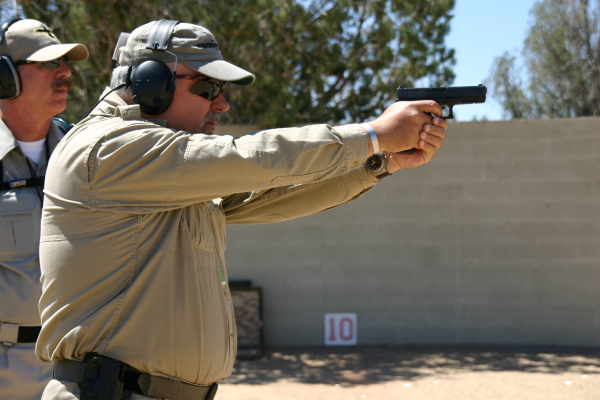
They go on to say that firearms training should not be the typical square range. That was designed to maximize participant safety and to maximize the ability to do line drills, so we could be ‘efficient’ at checking the ‘qualification’ box.
We can’t just clutter up the range and use video simulators; it seems they feel that such things don’t do enough. According to John’s report of their study, ““police administrators should mandate training scenarios take place in mock buildings or mock towns” a la the FBI’s Hogan’s Alley, so that “training exercises put officers ‘out on the street’” to test both their shooting judgment and their “‘real-life’ firearm accuracy.””
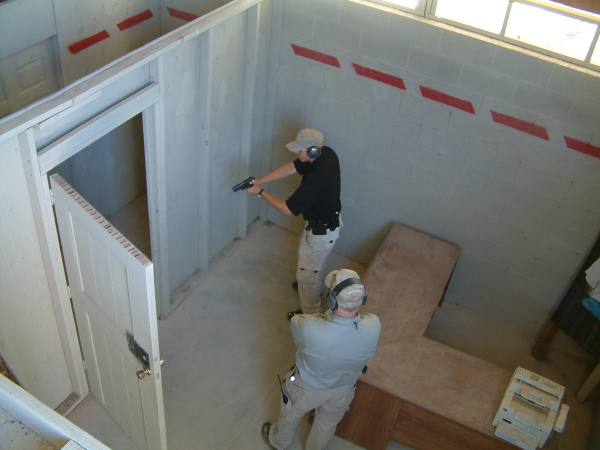
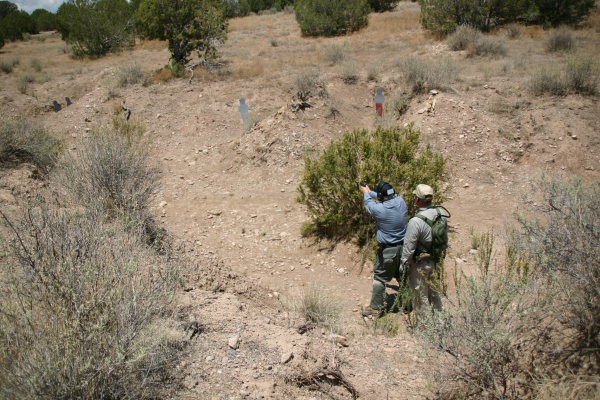
Have we looked at the composition of US law enforcement at all? It’s not all Dallas TX PD. There’s a spread from Goodman MO or Syracuse KS, all the way up to Minneapolis, Los Angeles, Chicago … or New York City.
If your town is a ‘bedroom community’ about seven miles from the capital city of the state with one part-time chief and a couple of part-time officers, just how is your mandate of scenario training in mock buildings or mock towns going to happen?
I have the answer. It’s not.
I’d received a complimentary email about our previous excursion into field shooting accuracy in which I had said that we first have to find your baseline so we can measure progress – or a lack thereof.
I was supported for nailing the accuracy component (“If they can’t hit on the range, it’s luck when they do on the street.”) The author said “Overcoming the self-preservation response is the one area that is neglected in laying a good foundation.”
My response indicated I had some questions about that statement and it resulted in a 47-minute phone conversation. I’ll have more to say about that at some point. For now, it must suffice to say my take on the ‘self-preservation response’ is a bit different, certainly no less critical than the take by my correspondent.
I tipped my hand above with regards to the ‘self-preservation response’ when I mentioned the Combat Triad above. That came from Jeff Cooper, the base of most of our gunfighting knowledge we have today. The third element is mindset.
Taken to mean a lot when Jeff’s aim was a bit less narrow in the basic class, mindset ‘clears the deck’ for action. In terms of decision-making, the mental trigger has been set. It’s not a matter of whether or not to shoot but a matter of “show me the wrong behavior and it’s a done deal.”
Speaking of small agencies, many years ago I was asked to evaluate an officer involved shooting from a tiny agency like one described above. The evaluation was to center on what was done right and what we could do to identify equipment and training issues for our own agency.
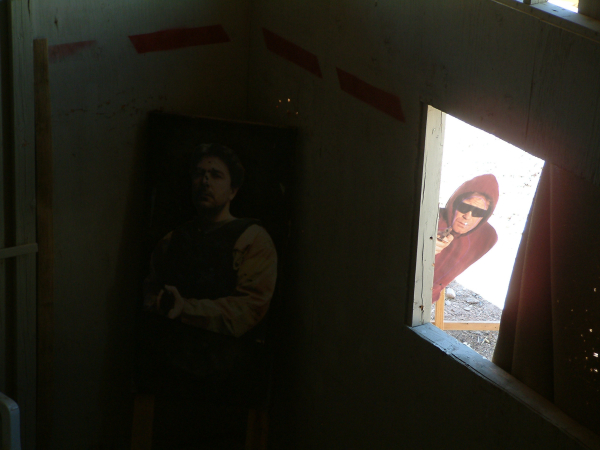
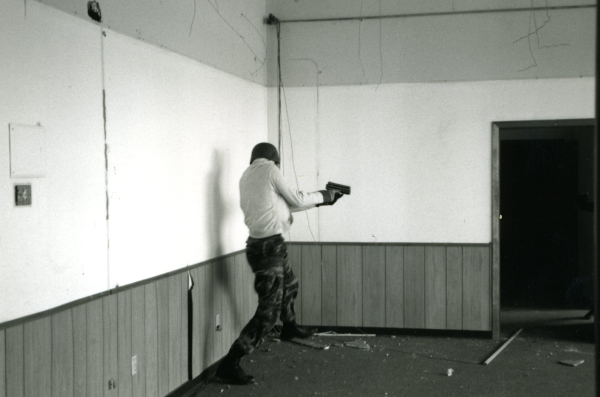
A violent domestic was reported and the responding part-time officer had dealt with the participants before. He did a slow drive-by, windows down, listening for any clues as to the escalation of the event. He parked some distance away and approached on the diagonal to the house – there are no windows on the corners of a house. As he did, he saw the apparent victim fleeing from the house. The offender came out and shot her in the back.
The officer returned fire, as he was taking incoming rounds. Some of this shooting was on the move. The original contact was at around forty yards; at his closest approach, he was twenty yards from the front step.
Uninjured, he was able to return to his car, reload his pistol and grab the only long gun he had – a shotgun with buckshot. From forty yards, it wasn’t the optimum setup. Help soon arrived and after some negotiation, the subject (wounded by the officer’s gunfire) was taken into custody.
This was one of those scenarios, an outlier, improbable but not impossible.
A note about the officer: a combat veteran of the Vietnam War, he was an armorer and instructor as well. His approach was clearly the best he could do. He was wary, didn’t just park in front of the case address and approach.
Mindset. Great shooting and gun handling skill are assets, no doubt. Without the invisible deployment, using your senses during your approach and the anticipation of danger, we’d have only had more casualties.
What changed? After that, our agency that issued no patrol rifles gave us slugs for our shotguns. Newly issued shotguns were equipped with sights from the factory as well as with slings and receiver mounted shell carriers.
That small town agency ordered a patrol rifle and some training for its troops. You’d still have to go back and get the rifle …
You could argue we were fighting ‘yesterday’s war,’ but events have since proven that the distance engagement is still not impossible.
Using live fire simulators, like the Funhouse or the Wash at Gunsite, are important. Force on force is critical too. Don’t rule out video simulators. Going into one on a monthly basis to do some shooting drills (most have the capacity to be used for regular firearms training), then plugging in a short scenario can have you in and out in less than thirty minutes. And it’s still valuable.
Frequent, short training and exercise segments regularly done are better than one full day a year. So how do we take care of the smaller agencies; how do we meet the criteria set by the authors of the study – or even my criteria?
Lots of cops work in the smallest outfits.
It’s something to consider.
-- Rich Grassi
